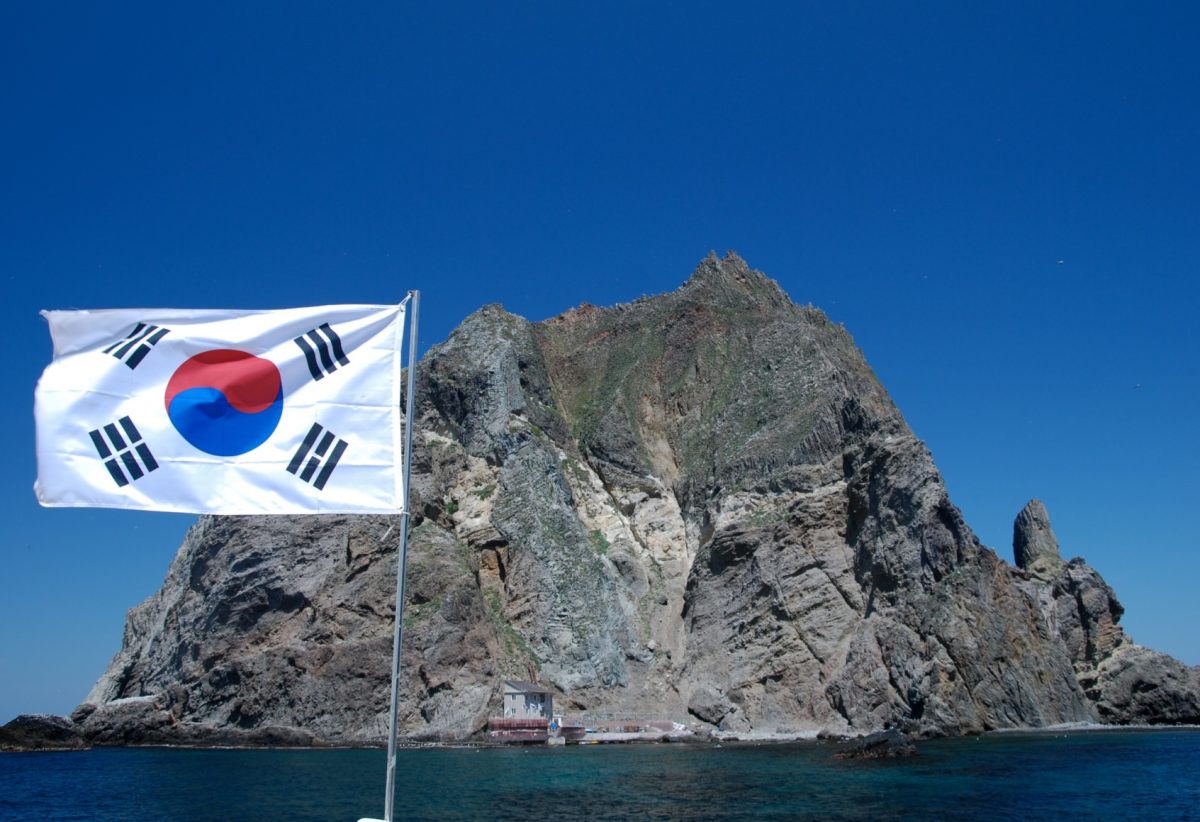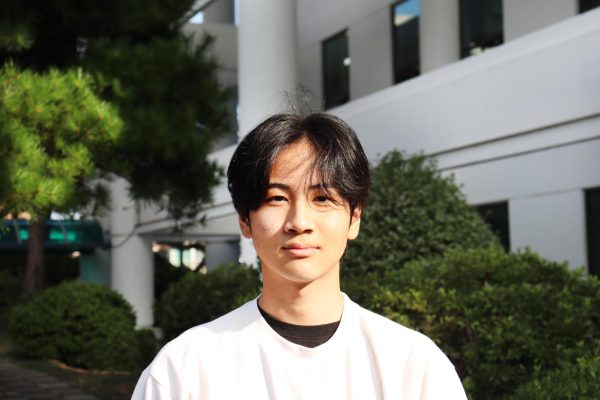On Aug. 12, Seoul Metro removed Dokdo sculptures from Jamsil Station and Anguk Station, stirring political controversy as the removal of the symbolic models was a few days ahead of the Korean Liberation Day. In response to the large public backlash, Seoul Metro responded by claiming that it was removed to protect the safety of subway passengers. Additionally, they announced that they would keep the sculptures at City Hall Station, Gimpo Airport Station, and Itaewon Station.
“We clearly know the conflicts regarding Dokdo is still ongoing, and even if we don’t encounter the issue everyday, when Dokdo does come into the spotlight, I think people want to make sure that Dokdo is Korean territory.” Hyo Young Nam, Asian Studies teacher, said. “The Korean government quietly removing the sculptures made the issue worse because it shows how the government is indifferent toward the issue and even neglecting Dokdo from Korean protection.”
The Dokdo models that were removed from Jamsil Station and Anguk Station were initially installed by Seoul Metro in 2010 in hopes of raising awareness about the islands that were under dispute. The models were created at 1/700th of the actual size of the islands, and each model cost approximately 20 million won.
As the models grew old and necessitated maintenance, Seoul Metro initially removed the models to remodel but later decided to demolish them as a whole, replacing the Dokdo sculptures with digital displays that would play promotional videos about Dokdo.
“The Dokdo sculptures were the symbol of Jamsil station.” Terry Seong (12), frequent subway rider, said. “The models were not only important for helping protect the island from Japan, but it was also a visual reminder for everyone who rode the subway.”
The issue with the Dokdo sculptures can be traced back to the cultural and historical significance Dokdo plays in South Korean society. For many Korean citizens, Dokdo is not only a group of small islands, but also a symbol of cultural unity and national sovereignty. With a history of Japanese colonization, Koreans view the Dokdo issue very seriously as some even believe that it is a modern version of Japanese colonization. By protecting Dokdo from Japanese control, Koreans also are able to strengthen their sense of Korean identity and are also able to derive a sense of belonging from such activist initiatives.
“Dokdo is very important to Korea, but most of its value comes from its ability to unite us,” David Kim (12), president of the History Honor Society, said. “I think it is crucial for Koreans to always remember and remain educated about Dokdo to protect it from being taken away by Japan.”
Since Korea achieved independence from Japanese imperial rule, Japan has constantly claimed sovereignty over Dokdo, or Takeshima islands in Japanese terms. To this day, the Japanese Ministry of Foreign Affairs operates a webpage where they spread false information about Dokdo and its history. To counter the false claims of Japan, the South Korean government has constantly made efforts to protect Dokdo, such as sending military patrols to police illegal fishermen that came from China and Japan.
However, under President Yoon Suk Yul’s leadership, the government has been heavily criticized for neglecting its duty to protect its own citizens and land. The government has not only removed models of Dokdo from the subway stations, but has also become more lenient to other nations labeling the East Sea as the Japanese Sea, and also removing Dokdo protection training from military education curricula.
“I think the government is showing a lack of responsibility over their territory,” Dominic Hahm (12), a Korean patriot, said. “The government has been previously criticized for pro-Japanese actions, and I think by removing the models, they are only helping Japanese propaganda. It is crucial to remember that Dokdo is our land.”


